Brahmagupta
Occupation
Mathematician
Year Born
around 598
Research Areas
Algebra, Astronomy
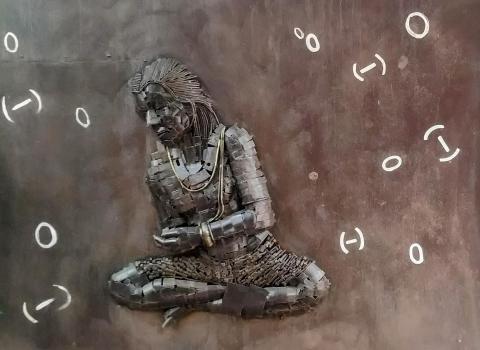
Ulugh Beg
Occupation
Astronomer, Ruler
Year Born
around 1394
Research Areas
Astronomy, trigonometry, and spherical geometry

Aryabhata
Occupation
Astronomer, Mathematician
Year Born
476
Research Areas
Planetary Motion, Eclipses, Rotation of Earth, Geometry, Trigonometry
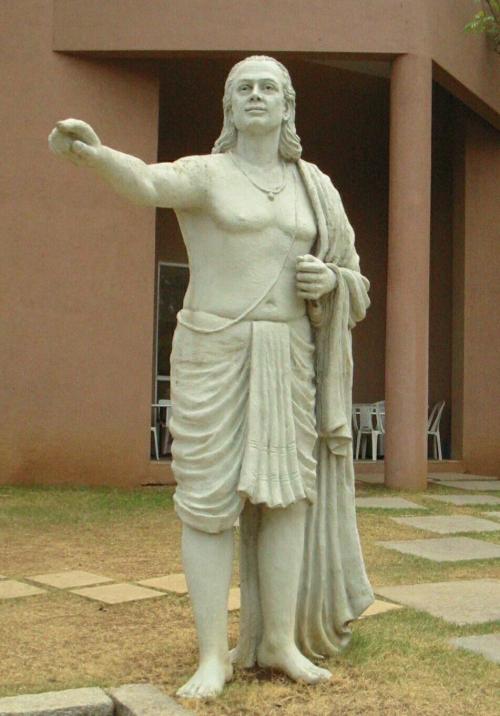
Al-Khwarizmi
Occupation
Mathematician, Astronomer, Geographer
Year Born
around 780
Research Areas
Algebra, Arithmetic
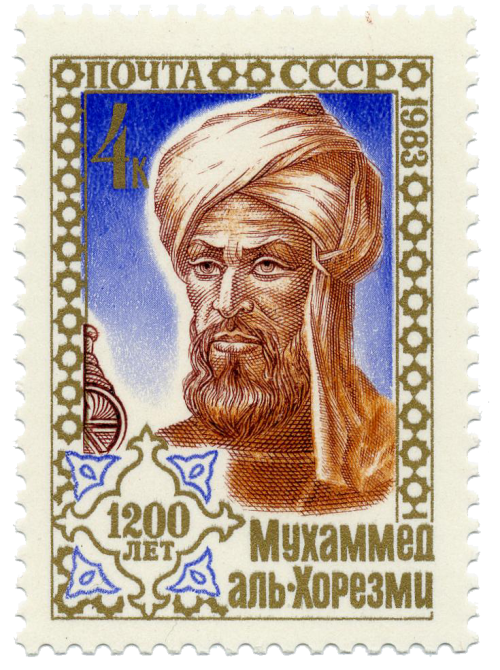
Ibn al-Haytham
Occupation
Astronomer, Mathematician, Physicist
Year Born
around 965
Research Areas
Optics, Vision, Geometry, Planetary Motion, Scientific Method
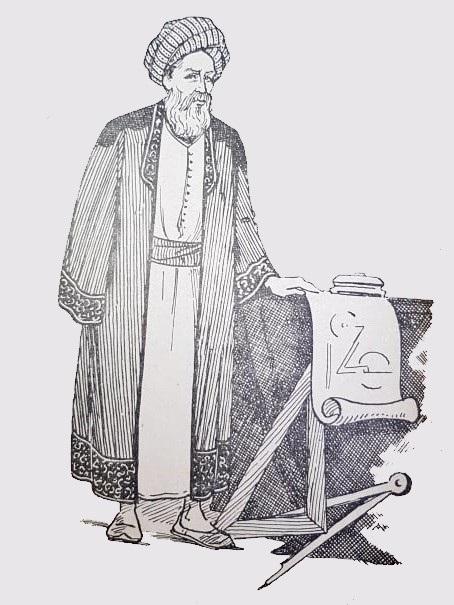
Nasir al-Din al-Tusi
Occupation
Astronomer, Mathematician, Philosopher, Scientist
Year Born
1201
Research Areas
Planetary Motion, Star Maps, Trigonometry, Logic, Ethics
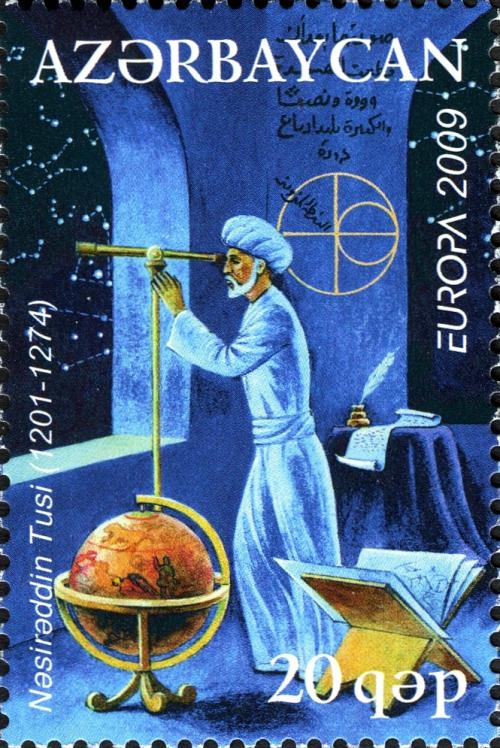
Kepler's Laws: Habitable Zones
In 2017, the Liverpool Telescope was involved in the investigation of an exciting new discovery: the star system TRAPPIST-1.
Isaac Newton
Occupation
Mathematician, Astronomer, and Physicist
Year born
1643
Research Areas
Optics, maths, motion, gravity

Johannes Kepler
Occupation
Astronomer, Mathematician, Scientist, Teacher
Year born
1571
Research Areas
Planetary motion, Optics, Geometry

Hypatia
Occupation
Astronomer, Mathematician, Philosopher
Year born
Sometime between 350 – 370 AD
Research interests
Geometry, Algebra

